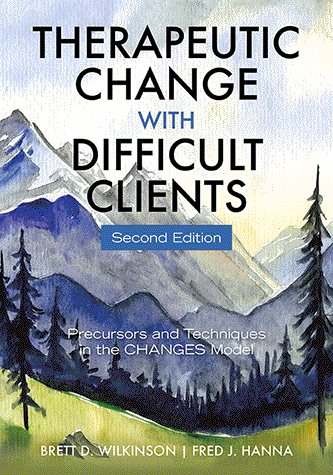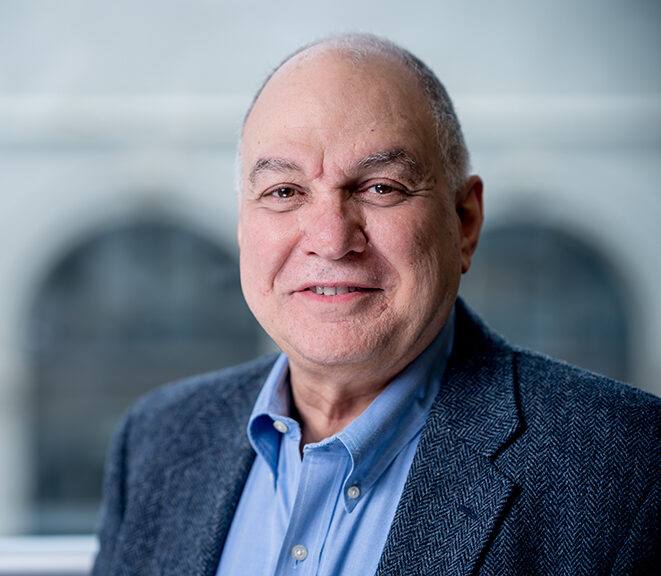What happens when someone doesn’t want to change, even when they’ve sought help? What can therapists do if a client is simply defiant or resistant to therapy itself?
Therapists routinely work with clients who resist change — not out of inability, but because clients variously perceive it as pointless, threatening, painful, disorienting, or beyond their control. These situations can test the limits of even the most seasoned clinicians, revealing gaps in conventional therapies and theories.
That’s where the CHANGES model comes in.
 Developed by Adler University Professor Fred Hanna, Ph.D., and significantly expanded in a new edition of his influential book, the model is built around seven “precursors of change” — key internal capacities that, when identified, assessed, and activated, can move even the most resistant clients toward growth and behavioral improvement. By focusing on the stimulation and enhancement of client willingness through relationship and therapist techniques, the model offers a framework that integrates decades of research, clinical wisdom, and the latest findings in neuroscience and cognitive science.
Developed by Adler University Professor Fred Hanna, Ph.D., and significantly expanded in a new edition of his influential book, the model is built around seven “precursors of change” — key internal capacities that, when identified, assessed, and activated, can move even the most resistant clients toward growth and behavioral improvement. By focusing on the stimulation and enhancement of client willingness through relationship and therapist techniques, the model offers a framework that integrates decades of research, clinical wisdom, and the latest findings in neuroscience and cognitive science.
This updated approach is at the heart of Therapeutic Change with Difficult Clients: Precursors and Techniques in the CHANGES Model, published by APA Books and is now available on Kindle. The hardcopy is scheduled to be released on June 17.
Co-authored with Brett Wilkinson, Ph.D., associate professor at Purdue Fort Wayne University, the new edition revises and expands Dr. Hanna’s 2002 text, Therapy with Difficult Clients. Along with enriched clinical assessment and additional techniques, the second edition explores evolving insights into stimulating and encouraging therapeutic engagement and targeted clinical techniques that can lay the foundation for lasting change.
“This book provides a means for assessing and treating a person who is resistant to change,” said Dr. Hanna, who teaches in Adler University’s Doctor of Philosophy in Counselor Education and Supervision program. “This book is not a theory, but a highly practical research-based model to be utilized with a therapy client who, for whatever reason, avoids or evades the need for change or improvement.”
In the book, Drs. Hanna and Wilkinson provide unique assessments of a client’s change potential and empower both therapists and clients to catalyze the change process using a variety of empirically informed techniques, each based on establishing a particular precursor. They also discuss recent advances in neuroscience and the cognitive sciences, along with new developments in the interpersonal aspects of therapeutic engagement.
As described in the book, CHANGES is an acronym that is based on seven precursors of change: Confronting the problem; Hope for change; Awareness of the problem; a sense of Necessity; Grit; Effort or will toward change; and social Support for change. In a client who is resistant to change, their missing precursors are identified and activated in the context of specific therapeutic techniques. When precursors of change are sufficiently present in a client, therapy will proceed, and the standard therapeutic approaches can now engage and become effective.
“Simply stated, if there are no precursors, there will be no positive change,” said Dr. Hanna. “If one or more precursors are missing, the practitioner can apply the techniques outlined in the model that are matched to the appropriate precursor. This approach helps those precursors to emerge and activate, and lead clients to positive change.”
